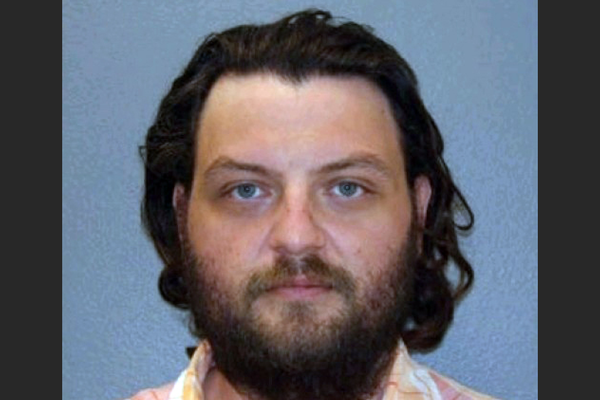
Israeli tanks are pushing deeper into central and southern Gaza, with airstrikes killing more than 160 people in the last 24 hours, according to health officials in the Hamas-run territory.
Fighting is focused in Al-Bureij, Nuseirat, Maghazi and Khan Younis, backed by intensive airstrikes that filled hospitals with wounded Palestinians.
At Nasser Hospital in Khan Younis, the biggest and most important medical facility in the south of the tiny, crowded territory, a Red Crescent video showed paramedics rushing a tiny, dust-covered baby into the busy hospital as one shouted: “There is breathing, there is breathing.” Health authorities in Gaza said 165 people have been killed and 250 wounded during the last day.
Almost all of Gaza’s 2.3 million residents have been forced from their homes by Israel’s 12-week assault, triggered after Hamas and allied groups killed 1,200 people and captured 240 hostages in a rampage in southern Israel on 7 October.
The offensive has killed at least 21,672 Palestinians, according to health authorities in Gaza, with more than 56,000 injured and thousands more feared dead under rubble. Israel says 170 of its military personnel have been killed in the Gaza fighting.
The conflict risks spreading across the region, drawing in Iran-aligned groups in Lebanon, Iraq, Syria and Yemen, that have exchanged fire with Israel or targeted merchant shipping.
The aftermath of an Israeli strike in Rafah, southern Gaza— (AP)
The bombardment of Gaza has destroyed houses, apartment blocks and businesses, and put hospitals out of action. On Saturday the Palestinian Culture Ministry said Israeli strikes had struck a medieval bathhouse.
Ziad, a medic in Maghazi in central Gaza, who was fleeing with his family of three children to Rafah, on the border with Egypt, said: “We want a ceasefire now. Not tomorrow even. Enough, more than enough, already.”
The UN Office for the Coordination of Humanitarian Affairs (OCHA) told the BBC on Saturday it estimates that at least 100,000 people have moved into Rafah, the most southerly city in Gaza, in the last few days
Israeli defence minister Yoav Gallant said on Friday troops were reaching Hamas command centres and arms depots. Pictures released by the military showed soldiers moving across churned-up earth among the ruins of buildings.
The Israeli military said it had destroyed a tunnel complex in the basement of one of the houses of the Hamas leader for Gaza, Yahya Sinwar, in Gaza City. Troops also raided the Hamas military intelligence headquarters and an Islamic Jihad command centre in Khan Younis, killing several gunmen elsewhere in the town as they prepared ambushes and destroyed targets including a weapons foundry, a military statement said.
In northern Gaza, Israeli forces killed more than 15 gunmen in clashes and captured weapons caches, the statement said.
Hamas and the Palestinian Islamic Jihad said in separate statements their fighters destroyed and damaged several Israeli tanks and troop carriers in attacks across Gaza on Saturday. They also said they fired mortar bombs against Israeli forces in Khan Younis and Al-Bureij, as well as in areas in northern Gaza.
Israel’s stated aim is to destroy Hamas, and while the US has called for it to scale down the war in coming weeks and move to targeted operations against the group’s leaders, so far it shows no sign of doing so.
On Friday, the US secretary of state, Antony Blinken, approved the sale of more artillery shells and other equipment to Israel without congressional review, the Pentagon said. Israel said on Friday it had facilitated the entry of vaccines into Gaza in coordination with UNICEF, the UN children’s agency, to help prevent the spread of disease.
The little aid reaching the enclave since the start of the war, when Israel imposed a near-total blockade on all food, medicine and fuel, has come across the border with Egypt.
Israel has only allowed access to the south of the territory, where it started ordering all Gaza civilians to move from October. Aid agencies have said Israeli inspections have stopped all but a small fraction of supplies getting in.
Al-Bureij, Nuseirat and Khan Younis are three of eight camps set up in Gaza for some of the Palestinians who fled or were driven from their homes during Israel’s creation in 1948. The camps have gradually become crowded urban areas after decades of building. Other Palestinian refugees live in camps in Lebanon, Syria, Jordan and the occupied West Bank.







